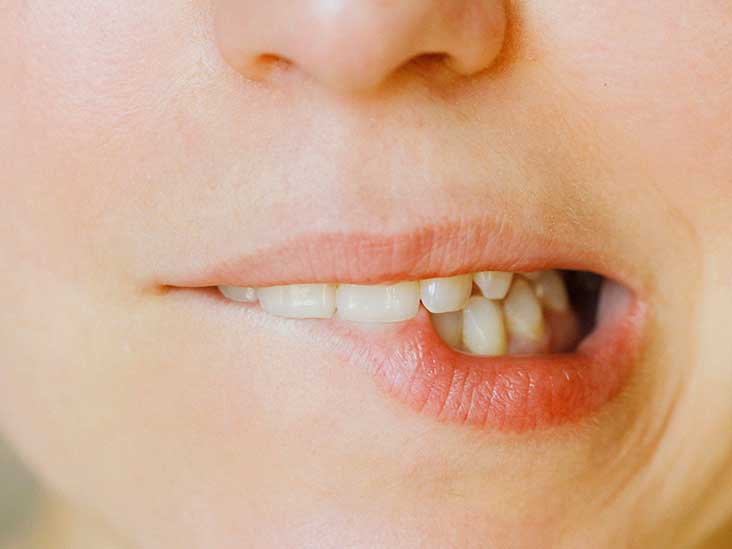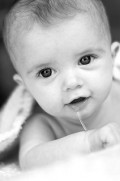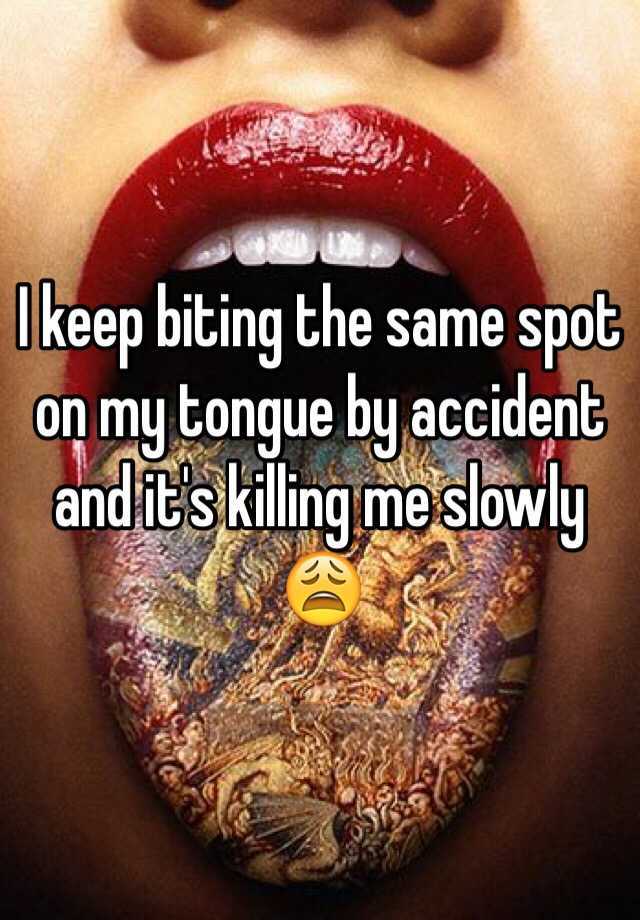How To Heal A Bitten Lip Inside. Biting down on your lip or tongue can be very painful and may at times require medical attention. Lip injuries often heal fast and can be treated at home with simple remedies to reduce swelling and minor bleeding.
Clean injured site with mild soapy water and soft cloth.
For some people, nail biting, lip chewing, and scab picking aren't just "bad" habits.
As your lips are healing, they might tingle, which can make you want to touch them. Everyone has once in lifetime bitten their lips from inside accidentally. Tea tree oil is the perfect home remedy for cut lips. This definitely must be what you must be wondering now! how to heal a lip infection. An infected cut on lip is caused by bacteria in the lip wound. If you mean 'cut' a natural injury caused by your teeth while eating something or a boil inside the lips , there is nothing much to worry about.
We look at nine treatments and remedies that people can use at home to help heal a busted lip. an injury resulting from an animal or human bite, as a doctor may need to help clean out the wound. This definitely must be what you must be wondering now! how to heal a lip infection. How do I get rid of a sore inside my lips? My daughter went to the dentist and when her mouth was still numb, she bit the inside of the upper lip pretty hard. Implementing a few home treatments can help heal your cuts and have you singing the praises of a healthy mouth in no time. "Chapped lips or cheilitis is due to a loss of hydration from the natural oils and lipids in the outermost layer of the lip, which causes it to dry out and crack Plus all that dry heat inside your home can dry them out, says Cohen. Smooth a dab of olive oil, coconut oil, canola oil, vitamin E, almond oil or cocoa butter on your lips to help heal the dry skin.
It seems like such an easy thing to stop, but I've been biting the inside of my lip and cheek for quite a few years now, and as much as. You can combat this by using a humidifier and applying lip moisturizer before. Sore lips are often a by-product of dryness and chapping, though they may also be an allergic reaction or a symptom of an underlying medical condition.






